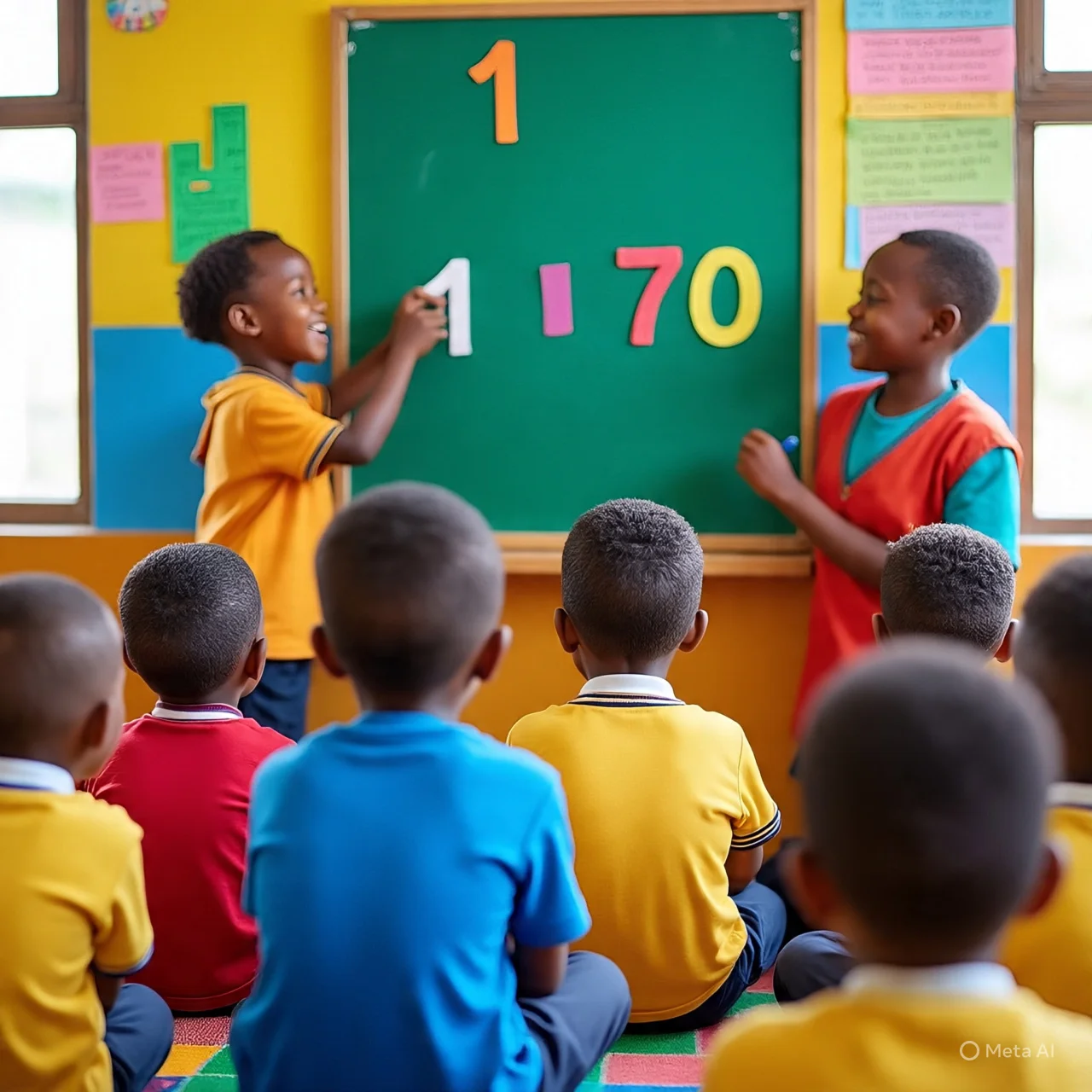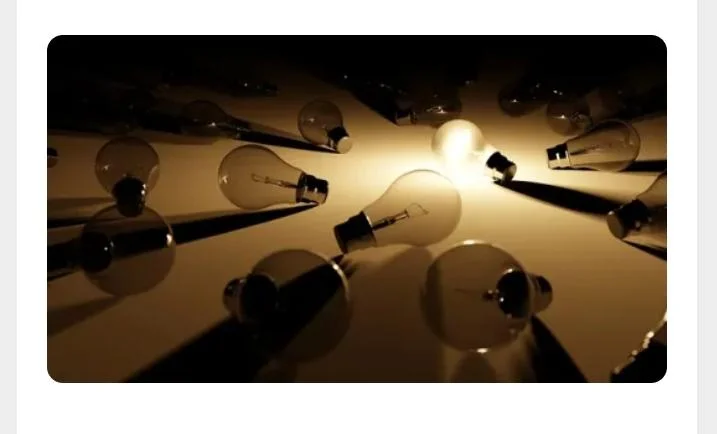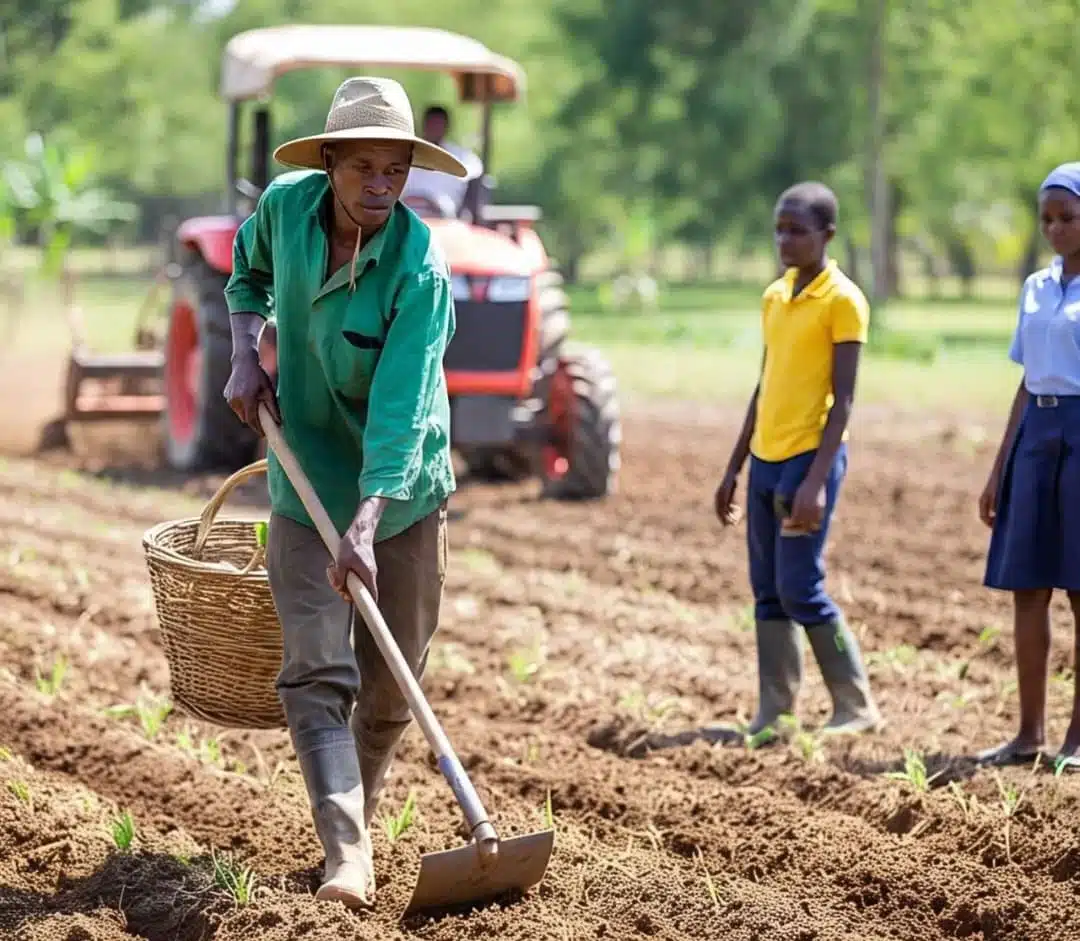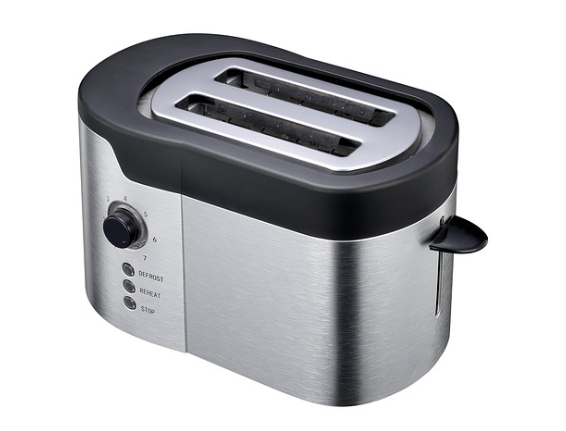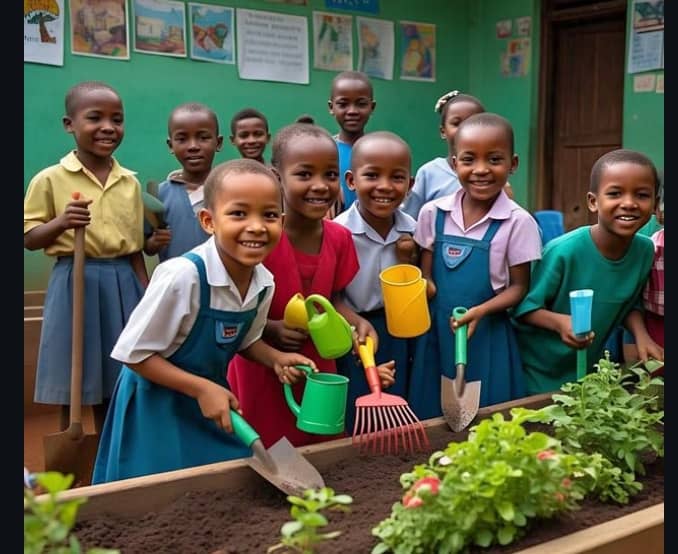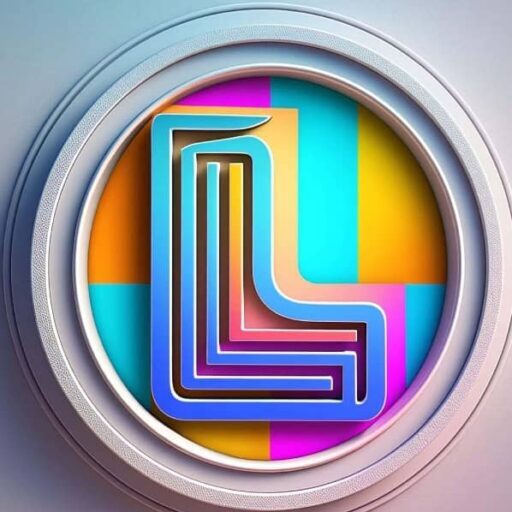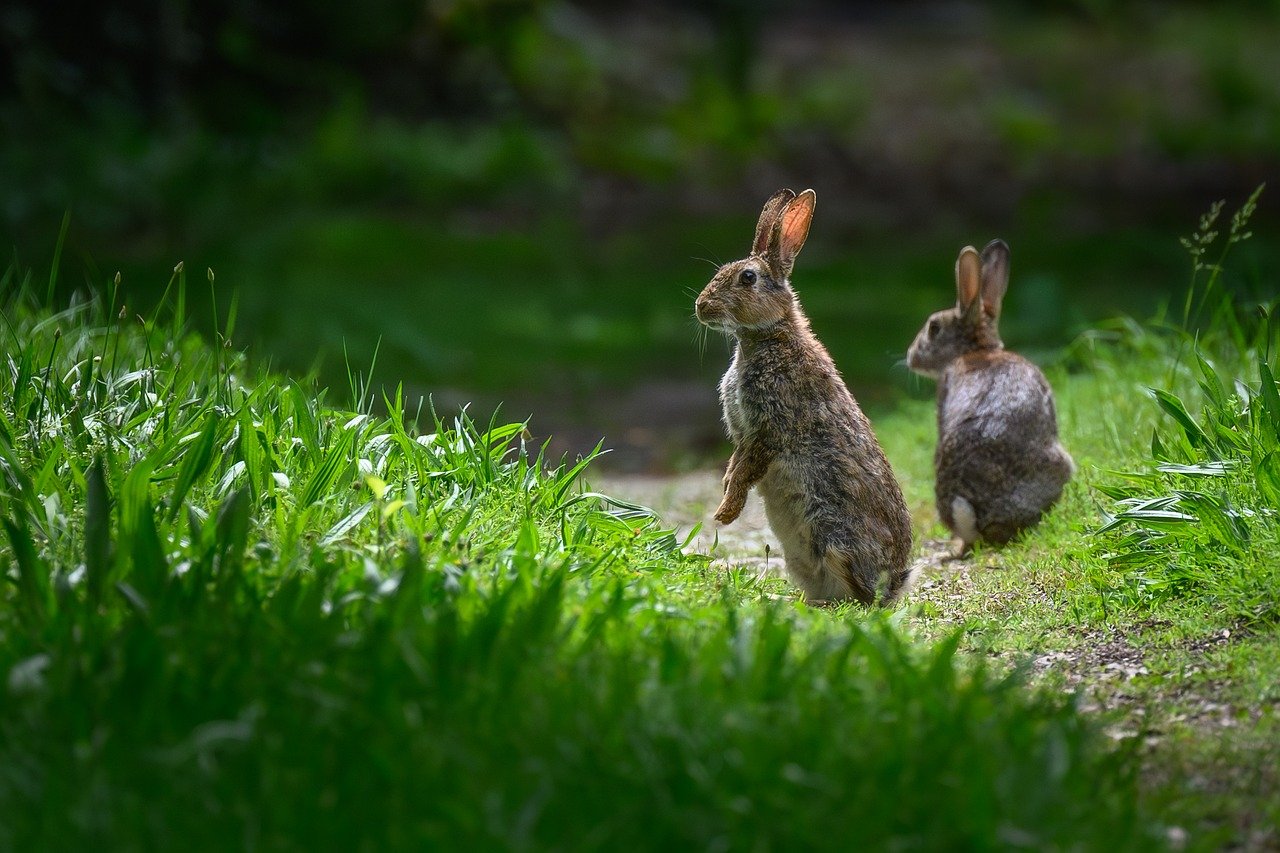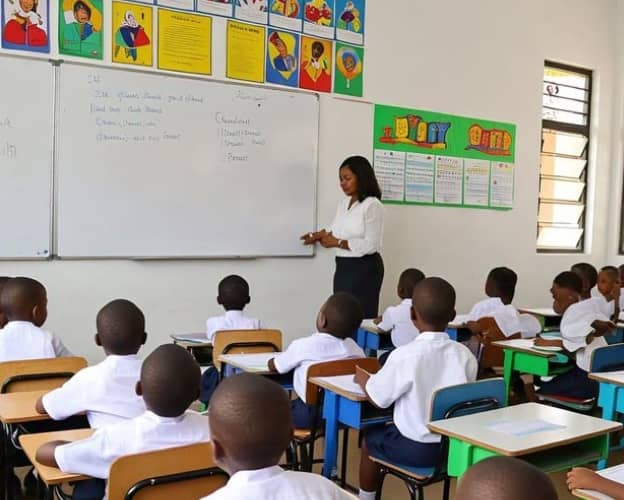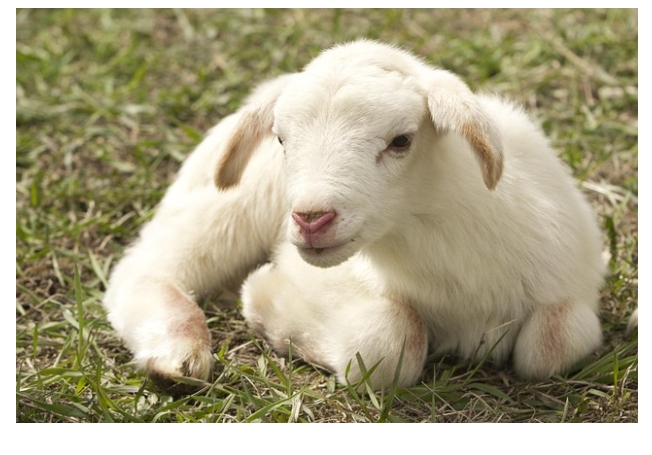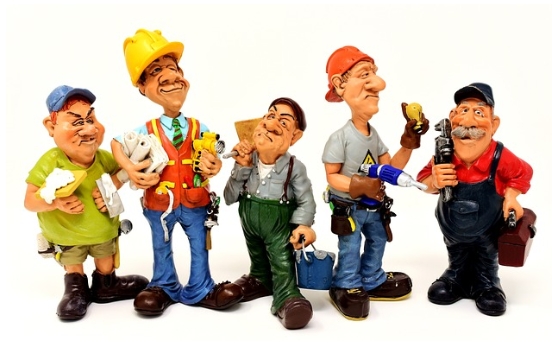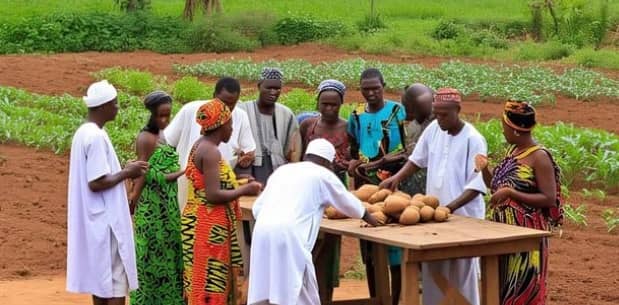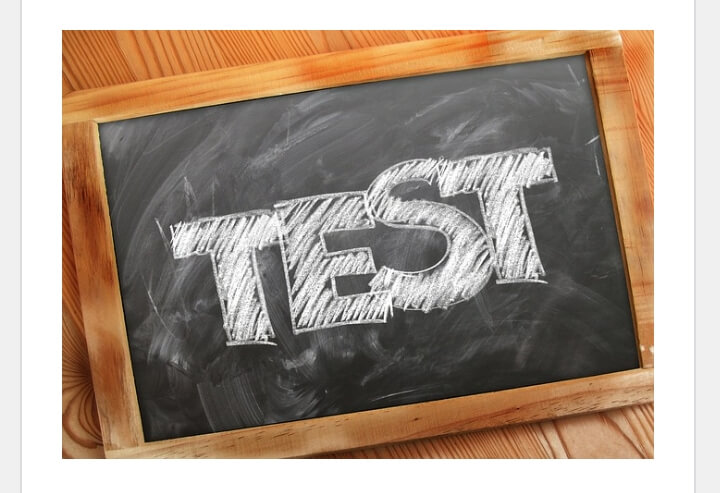Basic Science & Technology – Primary 1 – Second Term – Week 11 (Revision Week) according to your instructions.
Everything is simple, clear, and easy for young learners.
Questions are based on all major topics taught during the term, such as:
- Parts of the body
- Weather
- Colours
- Environmental cleanliness
- Traffic lights
- Safety rules
- Living and non-living things
- Air and water
- Waste disposal
- Materials in our environment
- Animals and plants
…and more.
WEEK 11 REVISION – BASIC SCIENCE & TECHNOLOGY (PRIMARY 1, SECOND TERM)
Theme: Revision of All Topics Learned This Term
Format: Five Sections (A–E)
PART A – REVIEW & REVISION (20 FAQs WITH ANSWERS)
1. What is Basic Science?
Basic Science helps us learn about the world around us.
2. What are living things?
Living things breathe, eat, grow, and move.
3. What are examples of living things?
Goat, bird, fish, human, and plant.
4. What are non-living things?
Things that do not breathe, eat, grow, or move by themselves.
5. Give examples of non-living things.
Cup, stone, book, pencil, shoe.
6. What is air?
Air is what we breathe to stay alive.
7. What is water?
Water is a liquid used for drinking, cooking, washing, and bathing.
8. Why do we need water?
To drink, cook, wash, and clean.
9. What is weather?
Weather is how the sky looks at a time.
10. What are examples of weather?
Sunny, rainy, cloudy, windy, cold.
11. What is waste?
Waste is anything we throw away because we do not need it.
12. How can we dispose of waste?
Burning, burying, throwing into bin, recycling.
13. What are traffic lights?
Traffic lights control movement on the road.
14. What does the red light mean?
Stop.
15. What does the yellow light mean?
Get ready.
16. What does the green light mean?
Go.
17. What is safety?
Safety means protecting ourselves from harm.
18. Mention two safety rules.
Do not run across the road. Use the zebra crossing.
19. What are colours?
Colours help us identify things.
20. Mention five colours.
Red, blue, green, yellow, black.
PART B – OBJECTIVE QUESTIONS (20 FILL-IN-THE-BLANK WITH OPTIONS)
Choose the correct answer (a, b, c, or d).
- We breathe in _____.
a) water b) air c) food d) dust - A goat is a _____ thing.
a) non-living b) stone c) living d) book - Red light means _____.
a) go b) stop c) run d) eat - Water is used for _____.
a) sleeping b) washing c) shouting d) laughing - The sky is bright on a _____ day.
a) sunny b) rainy c) dark d) windy - A stone is a _____ thing.
a) living b) non-living c) warm d) plant - Waste should be put in a _____.
a) box b) bin c) cupboard d) table - Yellow light means _____.
a) go b) stop c) get ready d) sleep - A plant needs _____ to grow.
a) air b) toy c) car d) shoe - A book is a _____ thing.
a) living b) non-living c) bird d) weather - Rain comes from the _____.
a) floor b) roof c) sky d) sand - Traffic lights are found on the _____.
a) tree b) road c) water d) sand - Green light means _____.
a) stop b) go c) sleep d) cry - The colour of leaves is _____.
a) black b) green c) blue d) red - We drink _____.
a) sand b) water c) stone d) fire - A baby is a _____ thing.
a) living b) non-living c) rock d) shoe - We should _____ the environment.
a) dirty b) spoil c) keep clean d) scatter - A pencil is used for _____.
a) eating b) writing c) washing d) bathing - Sunny weather is usually _____.
a) hot b) cold c) dark d) loud - We use soap and water to _____.
a) play b) wash hands c) shout d) jump
PART C – THEORY QUESTIONS (20 SHORT ANSWER)
- What is a living thing?
- List two living things.
- What is a non-living thing?
- List two non-living things.
- What is air used for?
- What is water?
- Mention two uses of water.
- What is weather?
- Give two types of weather.
- What is waste?
- Mention two ways of disposing waste.
- What are traffic lights?
- What does yellow light mean?
- What does red light mean?
- What is safety?
- Mention one safety rule.
- What are colours?
- Mention two colours.
- What is the colour of a ripe tomato?
- Mention one thing we should not do on the road.
PART D – TRUE OR FALSE (20 QUESTIONS)
Write True or False.
- Water is used for cooking.
- A stone is a living thing.
- Traffic lights control the road.
- Red light means go.
- Air helps us breathe.
- Rainy weather is dry.
- Waste should be thrown on the floor.
- Green light means go.
- A book is non-living.
- A dog is a living thing.
- Yellow means get ready.
- Clouds are found in the sky.
- We drink water.
- Plants need air.
- The sun shines in rainy weather.
- We should keep our environment clean.
- Stones can grow.
- Blue is a colour.
- Fire is safe for children to play with.
- A bicycle is a non-living thing.
PART E – FILL-IN-THE-GAPS (20 QUESTIONS)
- We breathe in ______.
- A goat is a ______ thing.
- Red light means ______.
- Water is used for ______.
- The sun makes the day ______.
- A stone is ______.
- Waste goes into a ______.
- Yellow light means ______.
- Plants need ______ to grow.
- A book is a ______ thing.
- Rain falls from the ______.
- Traffic lights are found on the ______.
- Green light means ______.
- Leaves are ______ in colour.
- We ______ water.
- A baby is a ______ thing.
- We must keep the environment ______.
- A pencil is used for ______.
- Sunny weather is ______.
- Soap and water help us ______ our hands.
